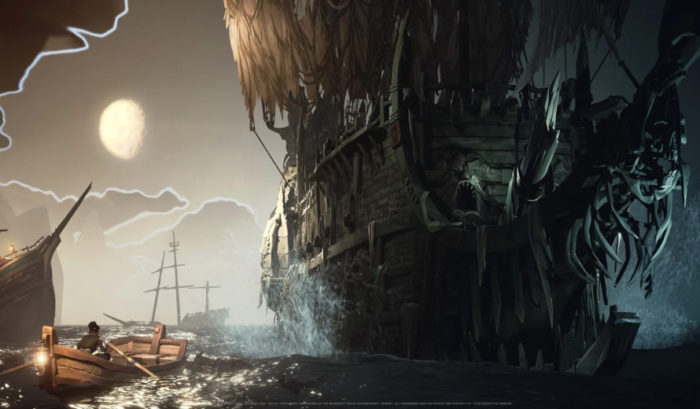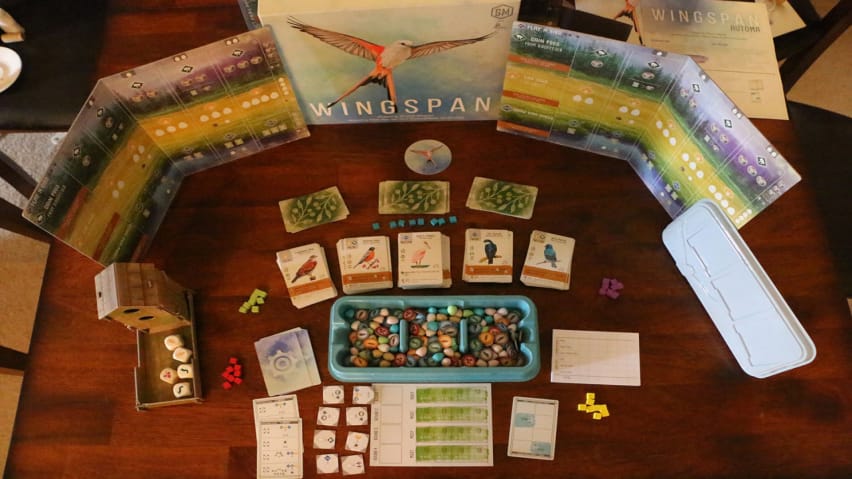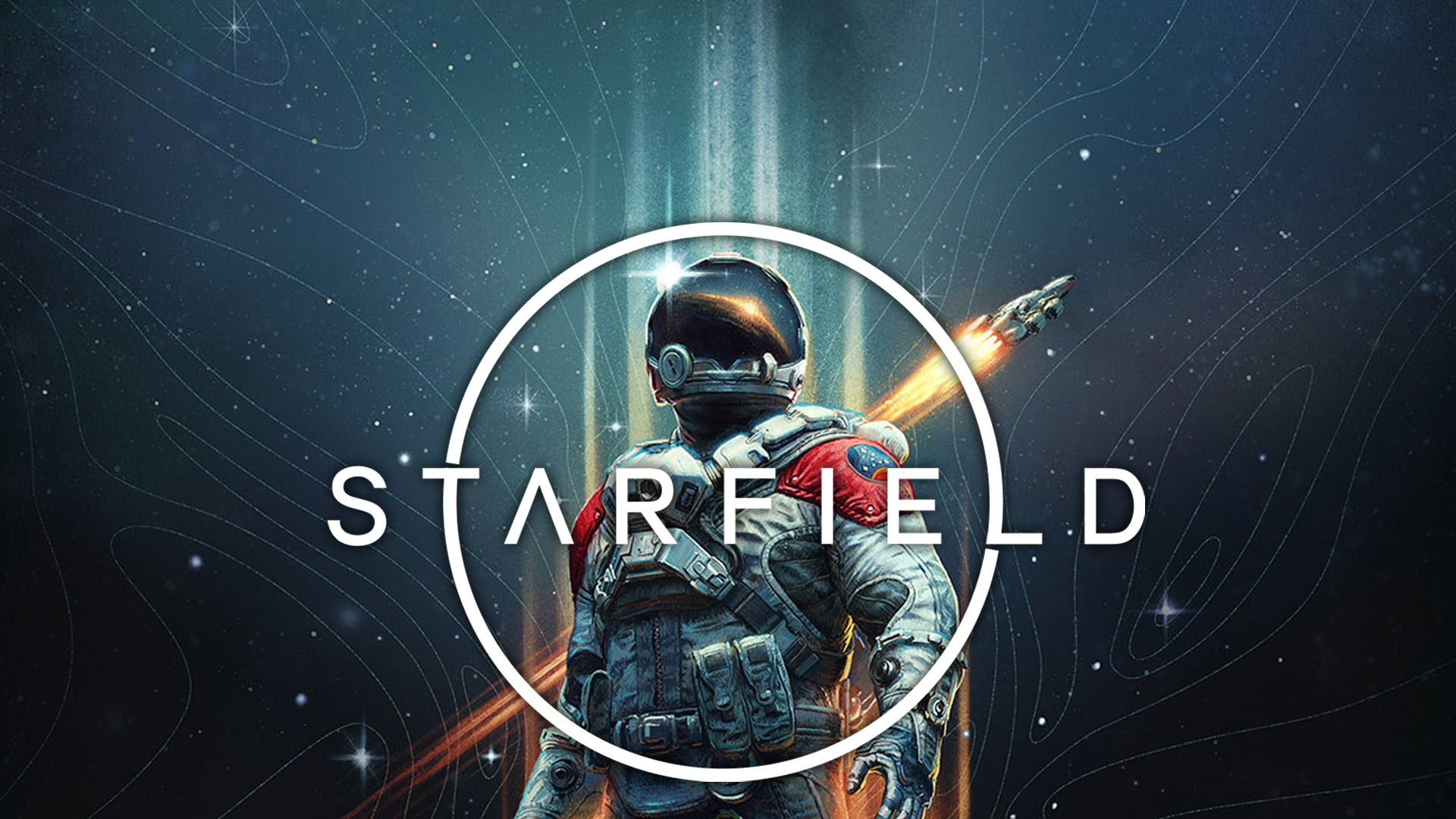
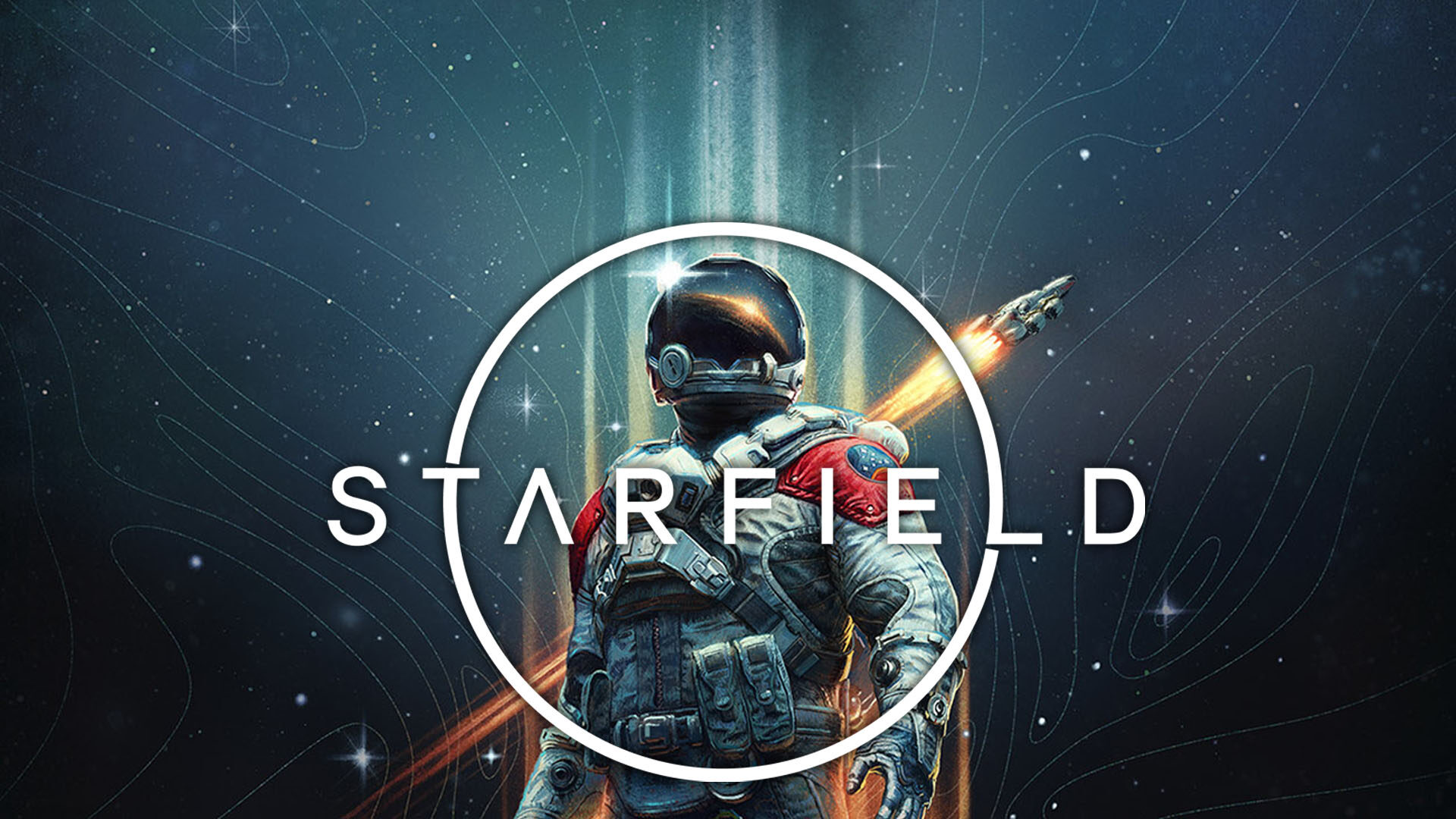
Nearly five years since their last major game and nearly eight since their last big single-player RPG, Starfield is finally here from the folks at Bethesda. The game has been touted for years as “Skyrim in space”, but what is it exactly? How much of Bethesda’s RPG pedigree is in Starfield, and how much of a space sim is the game?
There’s quite a lot riding on Starfield for both Microsoft – now owner of Bethesda, and the team behind the game. Just how much of the astronomical hype does Starfield actually live up to? Many are wondering how stable the game is, or if Bethesda’s notoriously buggy Creation Engine can’t hold up. Get a full and honest take in our Starfield review!
This is a review coupled with a supplemental video review. You can watch the video review or read the full review of the below:
https://www.youtube.com/watch?v=OCMXfXy-VlwVideo can’t be loaded because JavaScript is disabled: Starfield Review (https://www.youtube.com/watch?v=OCMXfXy-Vlw)
Starfield
Developer: Bethesda Game Studios
Publisher: Bethesda Softworks
Platforms: Windows PC, Xbox Series X|S (Reviewed)
Release Date: September 6th, 2023
Price: $69.99 USD

Starfield is the first Bethesda game to use their fancy new Creation Engine 2, and with that players are in for a treat as pretty much everything looks better in Starfield. Character models, equipment, environments, and of course – the spaceships all look fantastic. Character models in particular are quite a nice upgrade from Fallout 4, but only for the named characters.
The towns and cities in Starfield are populated by hordes of nameless NPCs that are laughably goofy looking at best. It’s also clear that lots of faces and/or entire NPCs are just copy pasted, most likely to make the cities appear more populated.
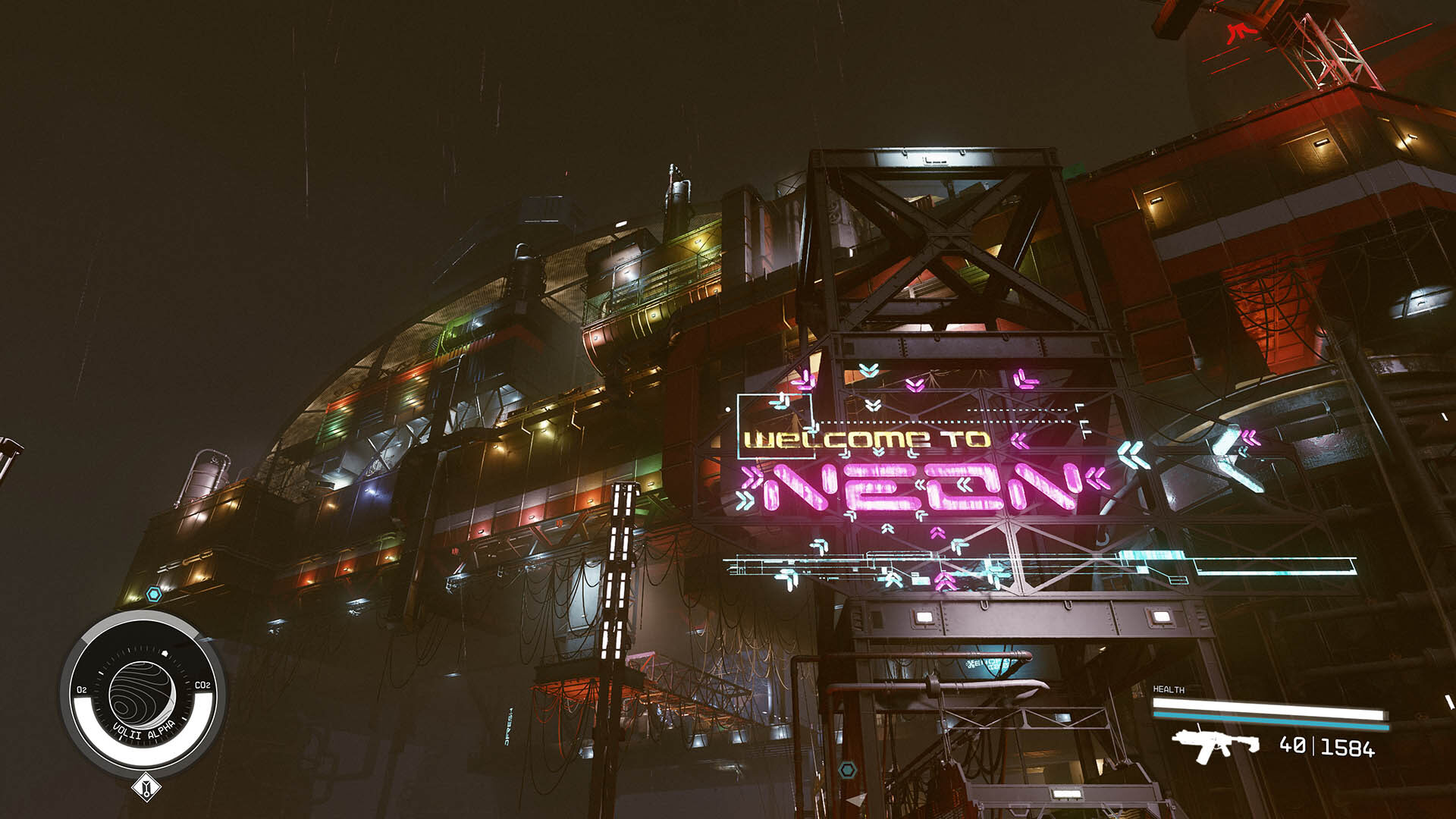
It’s a shame that the towns, buildings, decor, everytahing in the environments generally look great – only to see same looking, goofy NPCs patrolling around. Some cities or hubs are better than others, like when comparing Neon to New Atlantis, but sadly you don’t get to Neon until later.
I guess the team didn’t care much about having more unique city dwellers because most of the game will have you going between your ship and vendors to offload junk. There’s so much attention to detail with the named NPCs, the ships, the gear, and the environments, I wish everything looked great.
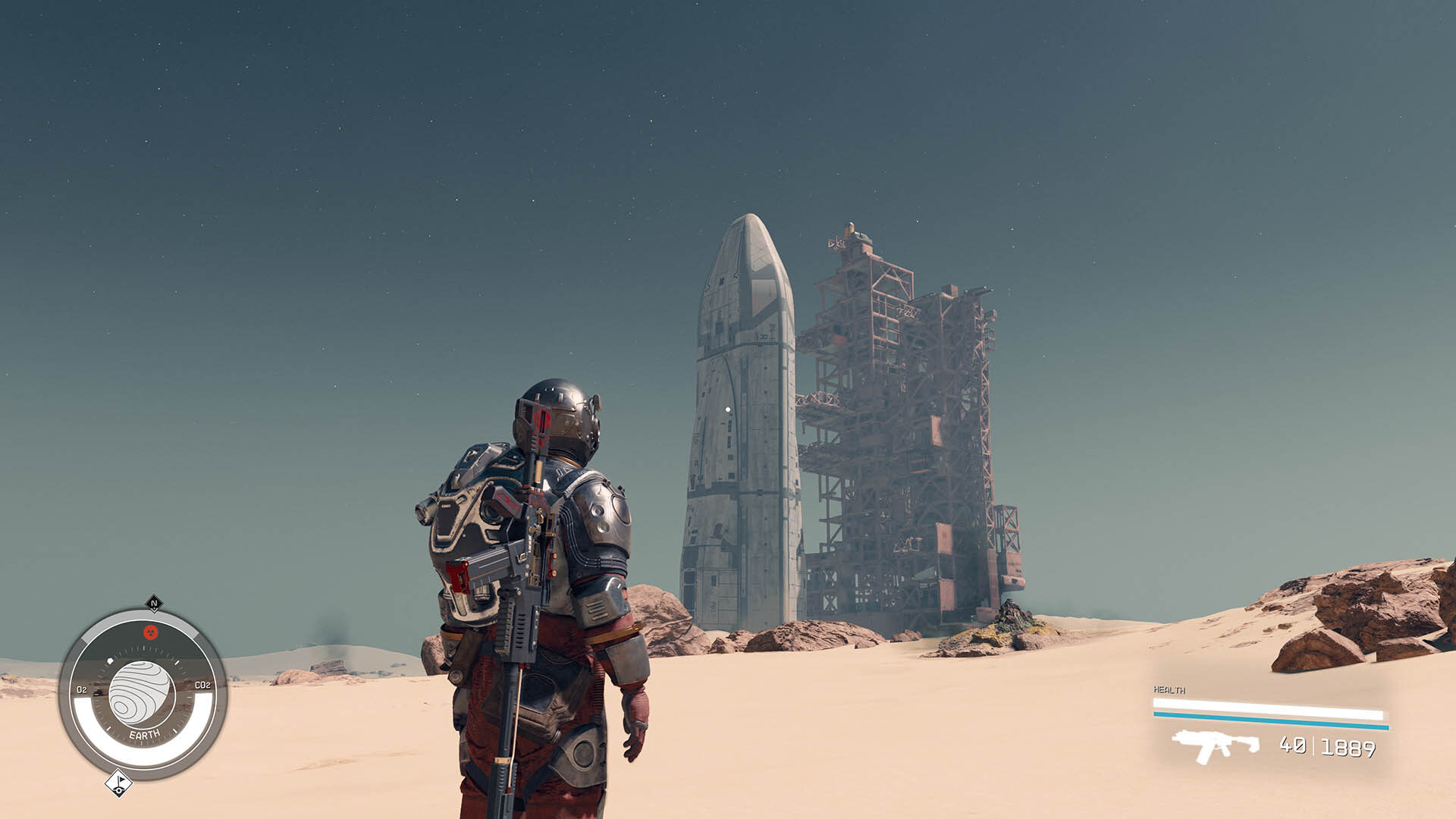
One thing I’ve noticed is the retro-futurism that Starfield tries to capture, a sort of vision that continues the analog CRT monitors, chic office decor, and art deco designs seen in popular sci-fi like Alien, Blade Runner, and many others. Some cities are bleached with neon lights and covered with filth, others feel like a set from 2001: A Space Odyssey.
A big focus with Creation Engine 2 is real-time global lighting and volumetric lighting, and the environments really do pop with excellent lighting. I think I’ve only seen one or two occasions when lighting got weird but otherwise Starfield is a really pretty game, with some moments having me legit stop and want to take screenshots.
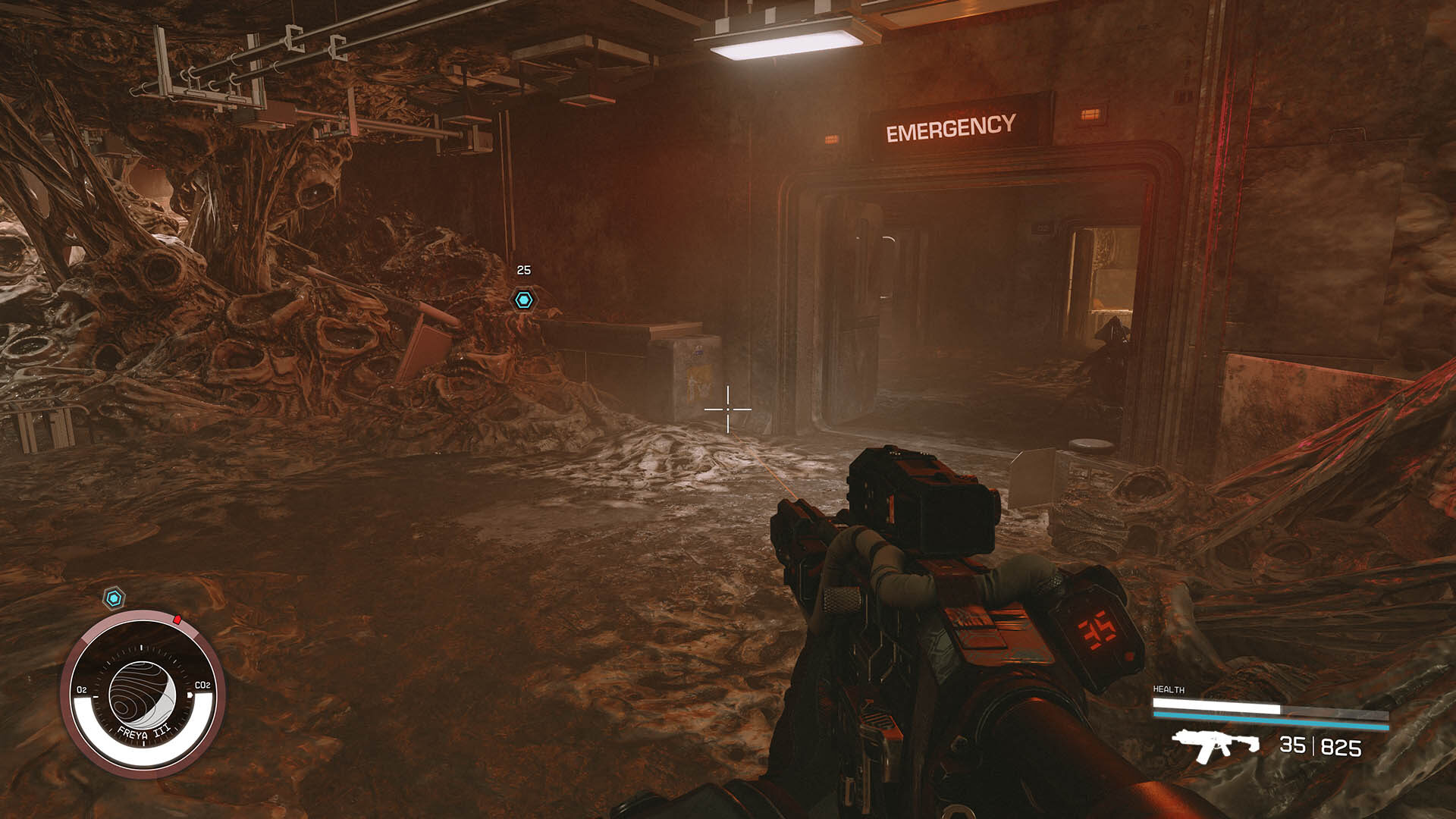
I hinted at the main gameplay loop for Starfield, it hasn’t changed all that much from other Bethesda RPGs in that you explore, kill, loot, and upgrade your gear. Starfield takes this to another level with its hundreds of planets, all with their own unique minerals you can harvest and instances to conquer for more loot.
Combat feels a lot like Bethesda’s previous Fallout games, so expect lots of gunplay and firefights where you’ll switch between favorites to clear out entire pirate camps. I got lucky with a long-barrel pirate rifle early on that also had a suppressor. That gave me the edge on a number of pirate camps until I got an upgraded, 50+ damage pirate rifle later that I further customized myself.
While you still have to manage ammo for your collection of firearms – you won’t have to manage ammo or even fuel for your spaceship. The most your ship will have to manage is the max grav jump you can do. This is mostly to save time planet-hopping, but it helps reduce the number of loading screens.
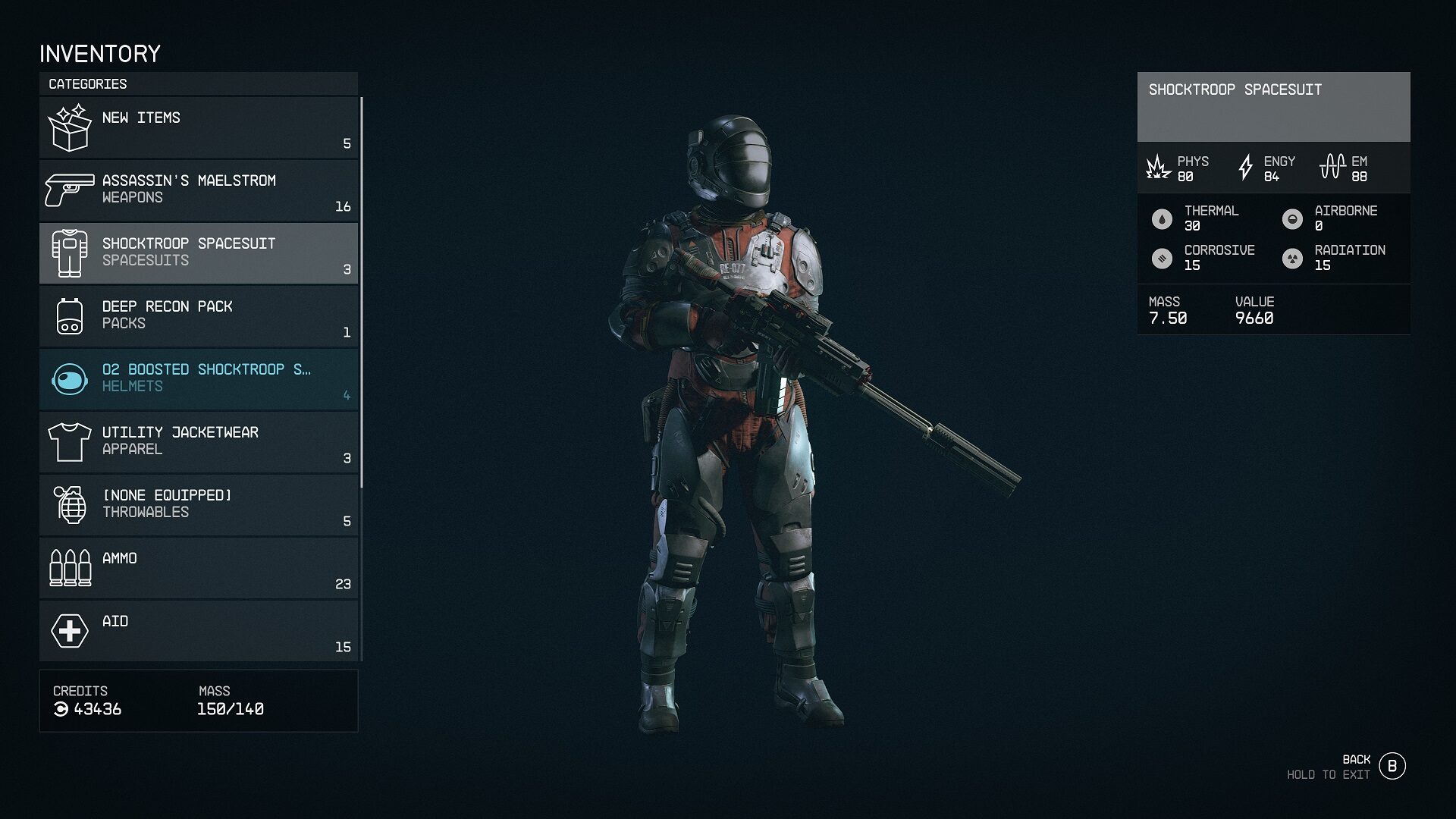
There’s a stupid amount of stuff to hoard and sell off to get that next ship upgrade, but Starfield changes things up a bit from other sci-fi games in that some upgrades are locked behind RPG skills. Before you can get that sweet engine upgrade you have to work towards unlocking the tier 2 or 3 skill. With crafting, this goes a step further with researching.
In order to get those fantastic weapon and armor upgrades, you have to not only unlock the skills but you have to research the related crafting nodes. Spacesuits have upgrades but guns have upgrades for all their separate parts from its barrel to its stock. If you want to get that silencer muzzle, you’ll need to get a tier 3 perk.
Since this is a Bethesda RPG, there are naturally various skills you can unlock that are focused entirely on combat and other benefits. A lot of players that want everything spoonfed to them took hours to figure out you can’t use a jetpack until you unlock a skill.
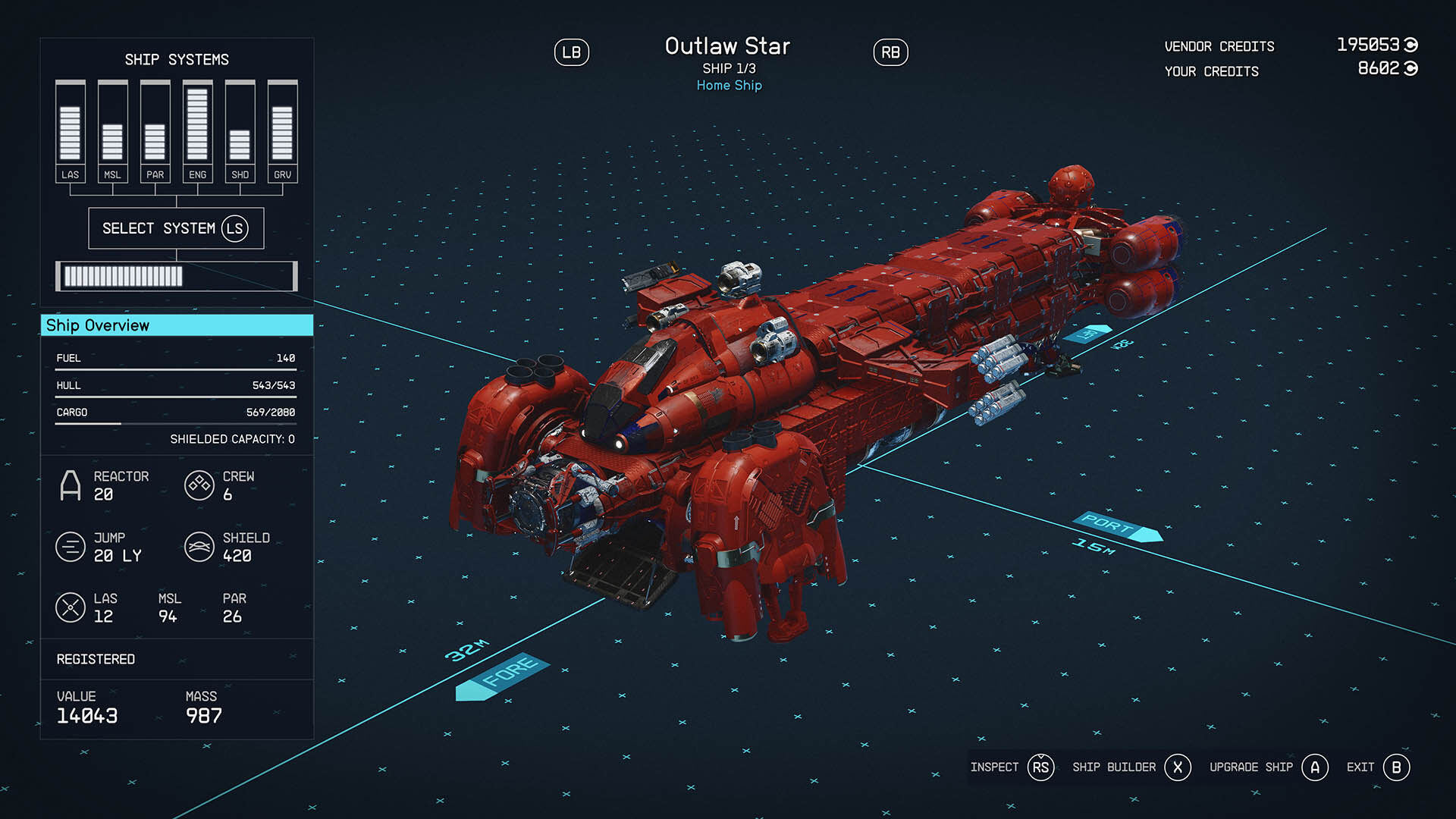
Upgrading and building out spaceships in Starfield is a delight and honestly I’ve spent way too much time tinkering with the spaceship crafting. You can also build an outpost on a planet of your choice, eking out a living in the wilderness somewhere. The options are kind of overwhelming and depending on where you go, starship parts vary too.
Other reviewers endlessly complained over the lack of maps in Starfield – the game only shows you a featureless map that shows distances between points but that’s it. I think this is fine because anyone with a functioning brain can learn where things are in the hub cities and instanced dungeons aren’t complicated.

The story in Starfield starts off with your character working in a regular old outer space mining colony, upon which you discover a mysterious artifact that makes you have an ayahuasca trip and you get to see the space elves. Your boss calls up Constellation, the folks who collect those things, and you get whisked away on a space adventure.
Without spoiling much, Starfield is set in a near-future where mankind has colonized swaths of the known universe. Sentient alien life is still unknown and yet there’s always a wonder of “what happens after death?” As the player collects more of those artifacts, things ramp up quickly and you get thrown into an existential sci-fi mystery.
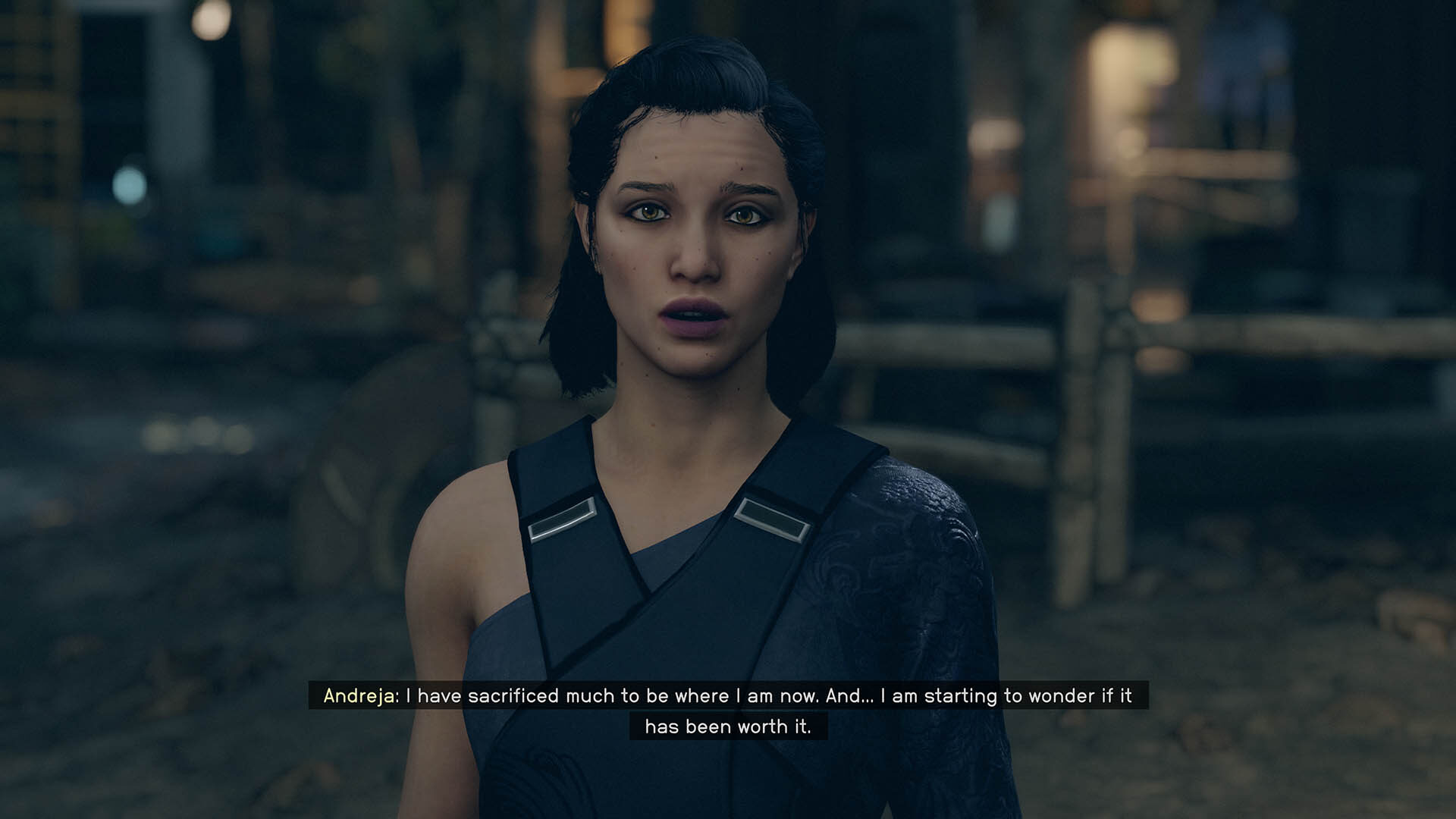
Main characters aren’t really given enough character development, sadly, so as you go through story missions when things get dire I found it hard to care about them. NPCs are generally well written, though, and their voice actors are great, I just wish they had more growth in between missions.
There’s controversy around Starfield due to its mandatory use of pronouns in the character creator but outside that and a couple known NPCs being “diverse”, the game mostly feels apolitical. Starfield doesn’t have much else current year politics or mandatory diversity. To further confound things, the pronouns seemingly mean nothing as you’ll still get referred to in traditional gender terms, and any “gender” can romance any date-able NPC, even the canonically gay ones.
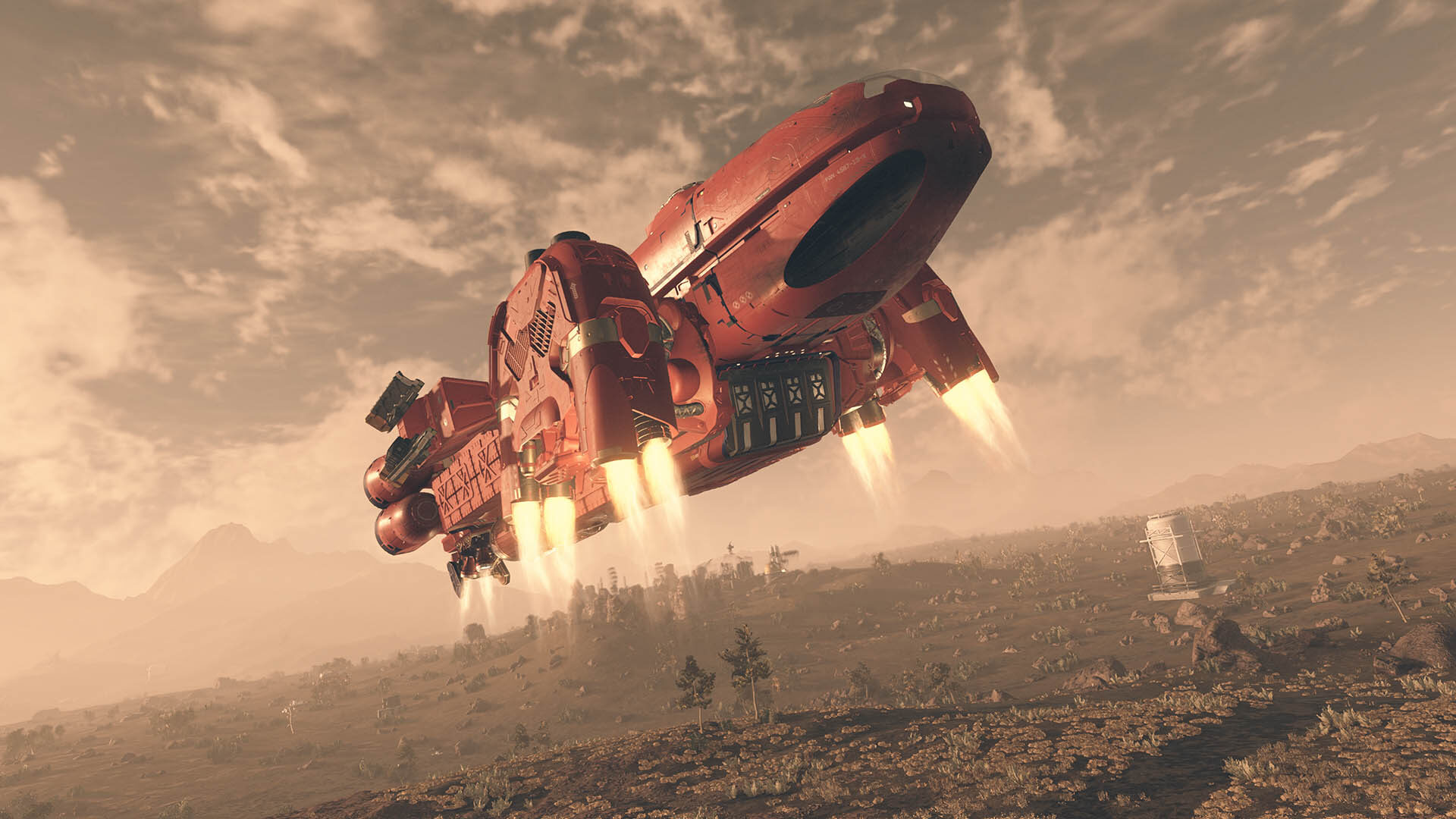
Inon Zur has returned to compose the music in Starfield after doing several of Bethesda’s previous mainline games. While it’s not seemingly as memorable as his work for Fallout 3, the ethereal pieces and grandiose anthems in Starfield definitely capture the mood perfectly. Some of my favorite moments are, once again, when exploring another planet to the whispy soundscape Zur has crafted.
Battle themes in Starfield are also great, not as overwhelming as Skyrim but just enough to keep you on your toes. The voice actors in Starfield should also be commended for great performances all around, most especially the raspy tones of Elias Toufexis, who now plays a space cowboy. Environments, creatures, and weapons all sound great too – most especially the rifles with or without a long barrel and accompanying suppressor.
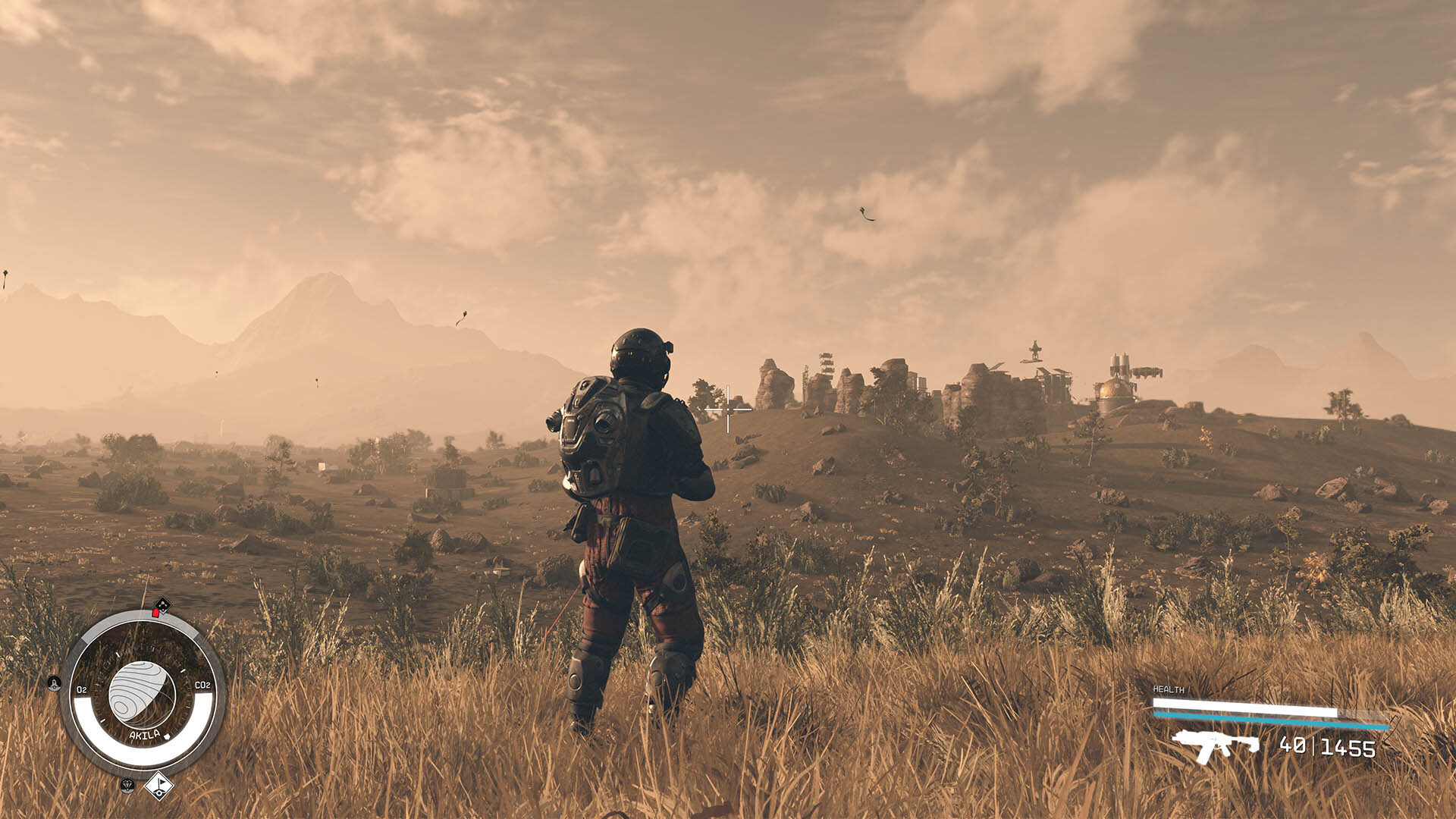
Overall, I’ve thoroughly enjoyed my time with Starfield and even after many days of playing on end, I still feel like I haven’t scratched the surface of the game. Like previous mainline Bethesda games, Starfield isn’t perfect but it hits all the right spots and I couldn’t be happier with the finished product.
Players that don’t like typical Bethesda RPG tropes like the combat, the skill system, the exploration, or the questing will likely not enjoy Starfield because it’s definitely more of the same. However, if you enjoy Bethesda RPGs and have been itching for them to finally do a sci-fi game, Starfield is quite a fantastic ride.
Starfield was reviewed on Xbox Series X with a review copy acquired by Niche Gamer. Additional information about Niche Gamer’s review/ethics policy can be found here. Starfield is now available for Windows PC (via Steam) and Xbox Series X|S.
